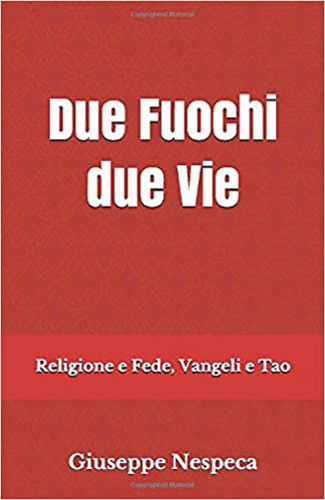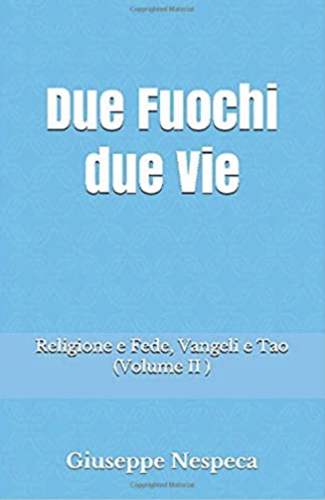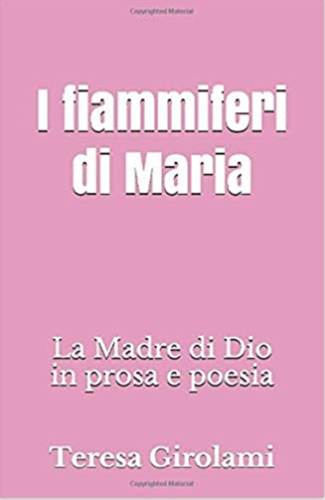4. In inviting us to consider almsgiving with a more profound gaze that transcends the purely material dimension, Scripture teaches us that there is more joy in giving than in receiving (cf. Acts 20,35). When we do things out of love, we express the truth of our being; indeed, we have been created not for ourselves but for God and our brothers and sisters (cf. 2 Cor 5,15). Every time when, for love of God, we share our goods with our neighbor in need, we discover that the fullness of life comes from love and all is returned to us as a blessing in the form of peace, inner satisfaction and joy. Our Father in heaven rewards our almsgiving with His joy. What is more: Saint Peter includes among the spiritual fruits of almsgiving the forgiveness of sins: “Charity,” he writes, “covers a multitude of sins” (1 Pt 4,8). As the Lenten liturgy frequently repeats, God offers to us sinners the possibility of being forgiven. The fact of sharing with the poor what we possess disposes us to receive such a gift. In this moment, my thought turns to those who realize the weight of the evil they have committed and, precisely for this reason, feel far from God, fearful and almost incapable of turning to Him. By drawing close to others through almsgiving, we draw close to God; it can become an instrument for authentic conversion and reconciliation with Him and our brothers.
5. Almsgiving teaches us the generosity of love. Saint Joseph Benedict Cottolengo forthrightly recommends: “Never keep an account of the coins you give, since this is what I always say: if, in giving alms, the left hand is not to know what the right hand is doing, then the right hand, too, should not know what it does itself” (Detti e pensieri, Edilibri, n. 201). In this regard, all the more significant is the Gospel story of the widow who, out of her poverty, cast into the Temple treasury “all she had to live on” (Mk 12,44). Her tiny and insignificant coin becomes an eloquent symbol: this widow gives to God not out of her abundance, not so much what she has, but what she is. Her entire self.
We find this moving passage inserted in the description of the days that immediately precede Jesus’ passion and death, who, as Saint Paul writes, made Himself poor to enrich us out of His poverty (cf. 2 Cor 8,9); He gave His entire self for us. Lent, also through the practice of almsgiving, inspires us to follow His example. In His school, we can learn to make of our lives a total gift; imitating Him, we are able to make ourselves available, not so much in giving a part of what we possess, but our very selves. Cannot the entire Gospel be summarized perhaps in the one commandment of love? The Lenten practice of almsgiving thus becomes a means to deepen our Christian vocation. In gratuitously offering himself, the Christian bears witness that it is love and not material richness that determines the laws of his existence. Love, then, gives almsgiving its value; it inspires various forms of giving, according to the possibilities and conditions of each person.
[Pope Benedict, Message for Lent 2008]












